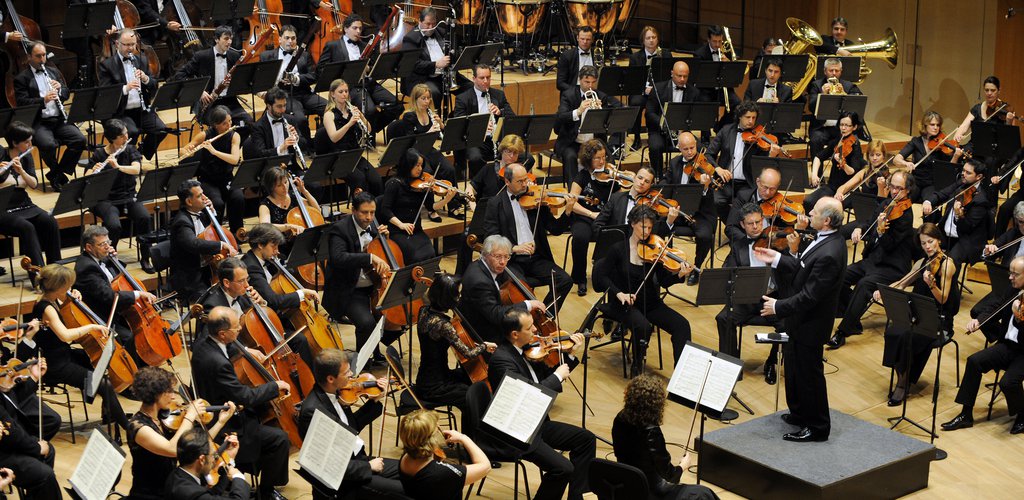Legends, stories and questions left open regarding unfinished pieces of music may even today offer the greatest mysteries and well-known anecdotes of music history. We generally listen to such compositions with a certain confusion and pathos, while conductors often ask us not to clap after their performance is finished (or even unfinished), which very much allows for the expression of the sublime. The question as to why a given work was left unfinished is probably more exciting if there were other smaller or greater pieces completed by the composer after or during the writing of the suspended composition. Actually, Schubert’s “Unfinished” Symphony No. 8 – formerly numbered 7 or 9 – in B minor is just like this, since after it the composer even finished “The Great” Symphony No. 9 in C major (and other pieces). Another great Austrian music composer, Anton Bruckner, was unable to continue his monumental symphonies because he was simultaneously working on amended versions of previous ones. This is why the last movement of his Ninth symphony, which he began writing in May 1895 and worked on it until his death on 11 October 1896, was left incomplete. Swan songs by Schubert and Bruckner will be performed by the Budapest Festival Orchestra conducted by Iván Fischer on 28 February (then on 1 and 2 March) in the Béla Bartók National Concert Hall.
While listening to the Schubert piece – especially the first movement – I had mixed feelings: the sensitive performance in the beginning was music to my ears, which was further deepened by Iván Fischer’s gestures, but soon it became too genteel. The pastel shades of the orchestral sound were nice but unusual, the orchestra was breathing and pulsating, but the performance seemed impressionistic rather than romantic. The slightly ad hoc changes of tempo even heightened this feeling. I felt as if I remained outside the performance, not being part of the music. The tempo of the first movement was more frequently moderato instead of allegro moderato, evoking a kind of contemplative mood, which is, however, more suitable for the second movement. The interpretation focused not so much on the contrast but on the close relationship between the two movements. It was an inspired, colourful music, especially during the second movement, when ambivalent feelings were overcome by negative feelings only because of some false notes of the oboes and horns as well as a few cautious and therefore uncertain sounds. After enthusiastic applause, and as a witty highlight of the concert, the orchestra played the beats Schubert composed and orchestrated from the symphony’s Scherzo, i.e. the music was over after barely a minute, just to be continued in the audience’s head.
By the time Anton Bruckner’s Symphony No. 9 was played, I did not feel ambivalent any more: music flowed, the performance resembled an enormous symphonic building, where listeners did not observe the musical and emotional peaks as indifferent bystanders, they were deeply involved in the drama. The restructuring of the orchestra, placing the horns up front, had a really good impact on the acoustics. The rich sound and intense play of the strings resulted in a high degree of musical collaboration, as usual for the Budapest Festival Orchestra. In the demonic Scherzo, first the accurate pizzicatos were gratifying, then the vehemence and irresistible momentum of the entire movement as well as the precise rhythm of the orchestra’s play. As Zoltán Farkas put it in the brochure, “the slow movement is Bruckner’s intimate farewell to life”. The resigned and festive mood of the interpretation was moving, or rather, dramatic. The Festival Orchestra’s concentration was an unforgettable experience, but thanks to their carefree play we reached the crest to look into the distance, similarly to the Wanderer above the sea of fog as depicted by Caspar David Friedrich in his famous painting.


